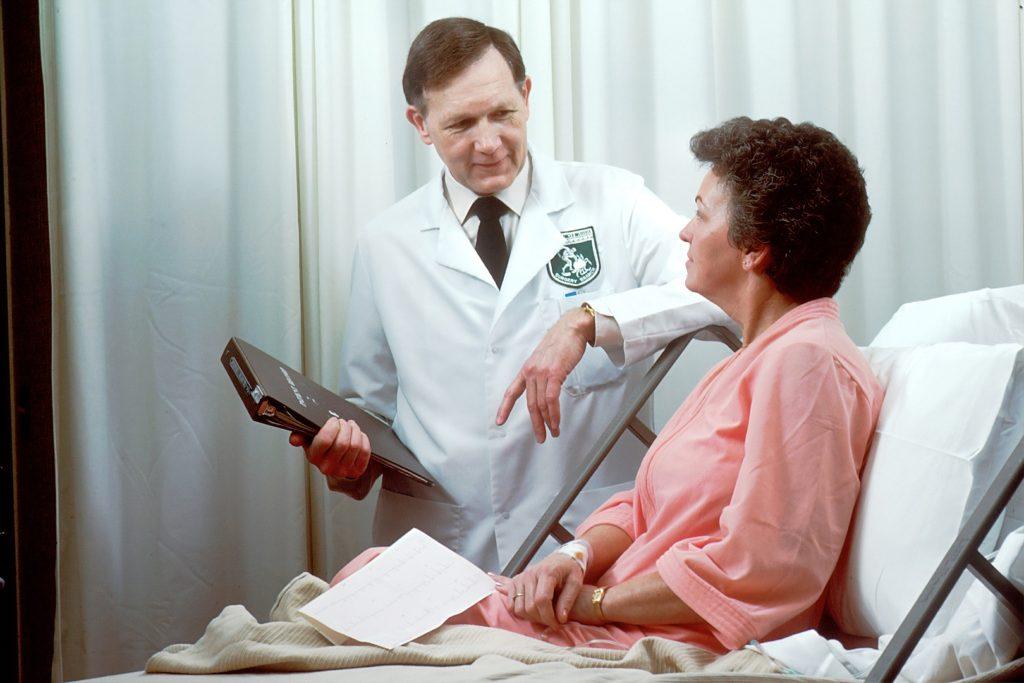
The Science Of Doctors’ Body Language And Its Impact On Patients
Effective communication is a crucial element in any industry, more so in the healthcare industry where care is paramount. Also, effective body language is a form of communication that goes beyond spoken words.
Nonverbal communication, such as body language, can convey a wealth of information and significantly impact how patients perceive their care and the quality of their treatment. As such, as a doctor, it is essential for you to be aware of their nonverbal cues and how they can influence patient outcomes. Be informed that your body language is going to communicate more to patients than your reports or diagnoses. So getting it right forms a critical part of your everyday life as a doctor.
First, let’s understand what body language means and its importance.
What is body language?
Body language is a form of nonverbal communication that can convey emotions, attitudes, and intentions. From the way we stand to the expressions on our faces, body language can communicate a message that is not always conveyed through spoken words. In medical settings, doctors’ body language can have a profound impact on how patients perceive their care, their level of trust in their doctor, and their overall treatment experience.
Needless to say, it is crucial for doctors to be mindful of their nonverbal communication when interacting with patients, especially if it is bad news about their health that needs to be communicated. They need to be aware of the messages they are conveying through their body language and how they can positively or negatively affect patient outcomes.
In this blog, we will delve into the science of doctors’ body language, the impact it has on patient care, and how doctors can use this knowledge to improve their communication skills and provide better care for their patients.
The Importance of Nonverbal Communication in Healthcare
Nonverbal communication is critical because doctors often have to interact with patients who are often in vulnerable positions. They rely unconditionally on their healthcare providers to provide accurate information, offer reassurance, and demonstrate empathy. Nonverbal cues, such as tone of voice, facial expressions, and body posture, can convey these messages effectively, leading to improved patient outcomes.
Patients can quickly pick up on nonverbal cues that indicate a doctor’s level of competence, professionalism, and empathy. For example, if a doctor appears rushed, uninterested, or dismissive, patients may interpret this as a lack of concern for their health or feel that their concerns are not being taken seriously. In contrast, doctors who appear engaged, attentive, and empathetic can help put patients at ease and build trust in their care.
Several studies have demonstrated the impact of nonverbal communication on patient outcomes. Study by NCBI found that when physicians used supportive nonverbal cues, such as eye contact, nodding, and appropriate facial expressions, patients were more likely to disclose important medical information, leading to better diagnoses and treatment plans.
What are some of the common nonverbal cues in medical settings?
There are several nonverbal cues that doctors may use in medical settings. These cues can convey a range of messages, from empathy and attentiveness to competence and professionalism. Here are some common nonverbal cues in medical settings:
Eye contact
Maintaining appropriate eye contact with your patient can signal attentiveness, interest, and empathy. It can also help to establish a connection with the patient and build trust.
Facial expressions
Doctors’ facial expressions can convey emotions such as empathy, concern, and compassion. Smiling, nodding, and appropriate facial expressions can help patients feel more comfortable and understood in your presence.
Body posture
The way you stand or sit can communicate your level of engagement and interest in the patient’s concerns. For example, leaning in and facing the patient can signal attentiveness and engagement.
Tone of voice
The tone of voice can communicate emotions such as empathy, concern, and reassurance. Adopting a calm and soothing tone can help patients feel more comfortable and confident in your capabilities.
Touch
Appropriate touches, such as a handshake or a comforting hand on the shoulder, can convey empathy and compassion. It can also help patients feel more connected to their doctor and build trust.
Time spent with the patient
Spending an appropriate amount of time with the patient can convey attentiveness and interest in their concerns. It can also help patients feel more comfortable and confident that the doctor is considering their case with utmost care and attention.
Communicating it right with your body language
The way you use nonverbal cues such as eye contact, facial expressions, body posture, tone of voice, touch, and time spent with the patient can convey important messages to patients. Good nonverbal communication skills can indeed help to establish trust, build rapport, and ultimately lead to better patient outcomes.
The impact of nonverbal communication on healthcare cannot be overstated. As patients seek not only medical treatment but also comfort, support, and understanding, doctors must recognize the power of nonverbal communication and use it to their patients’ advantage.
How can you communicate it right with your body language?
There are several training programs and workshops that can help me learn more about nonverbal cues and how they can be interpreted by patients. By working on their nonverbal communication skills, you can provide better care for their patients and improve the overall quality of healthcare. It will reflect highly on your professional role as a healthcare giver.
Do bear in mind that nonverbal communication forms a significant part of the entire communication process compared to direct communication through talking or writing. Mastering this skill will also help you in scaling new career heights in the healthcare industry.